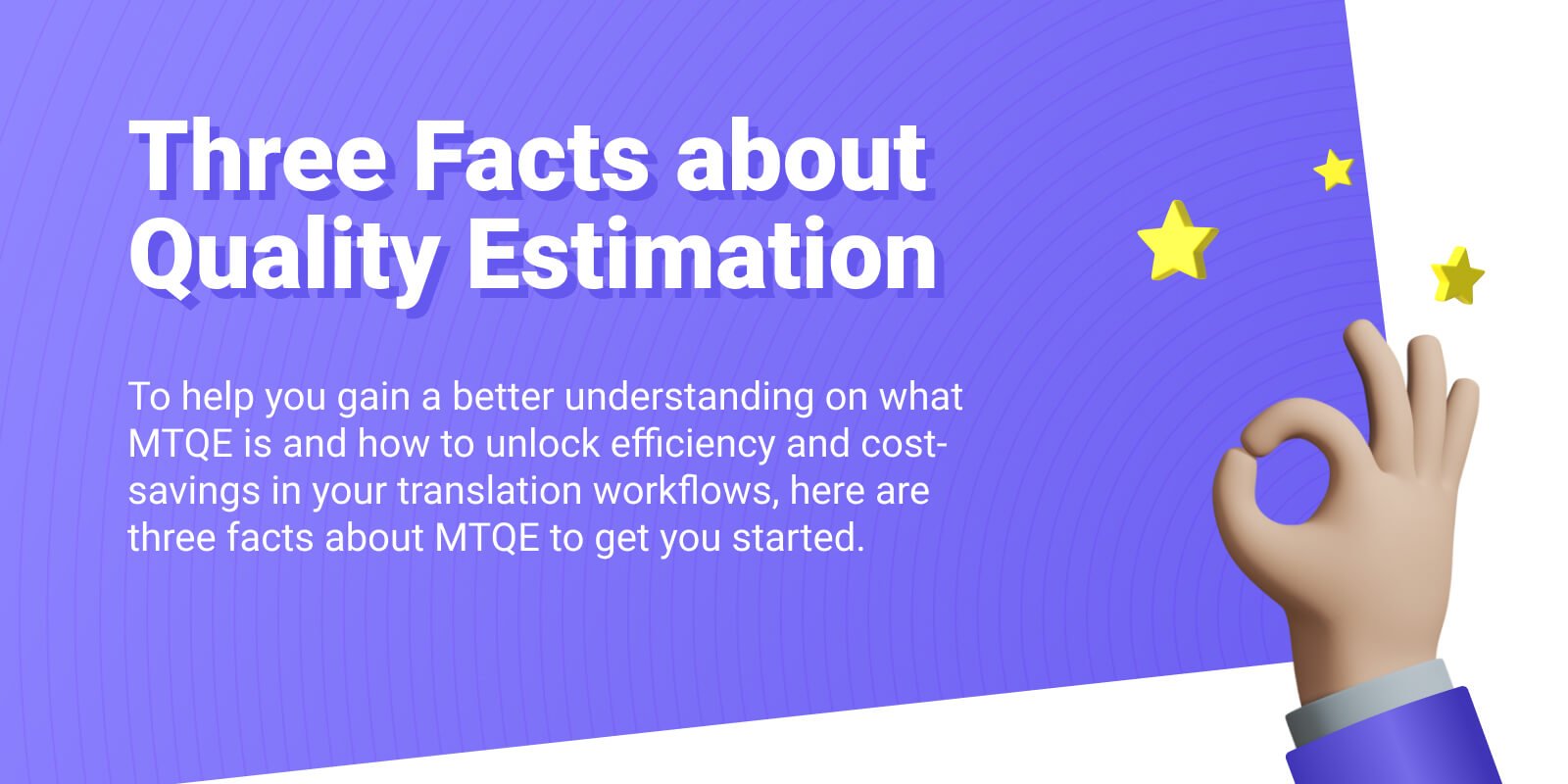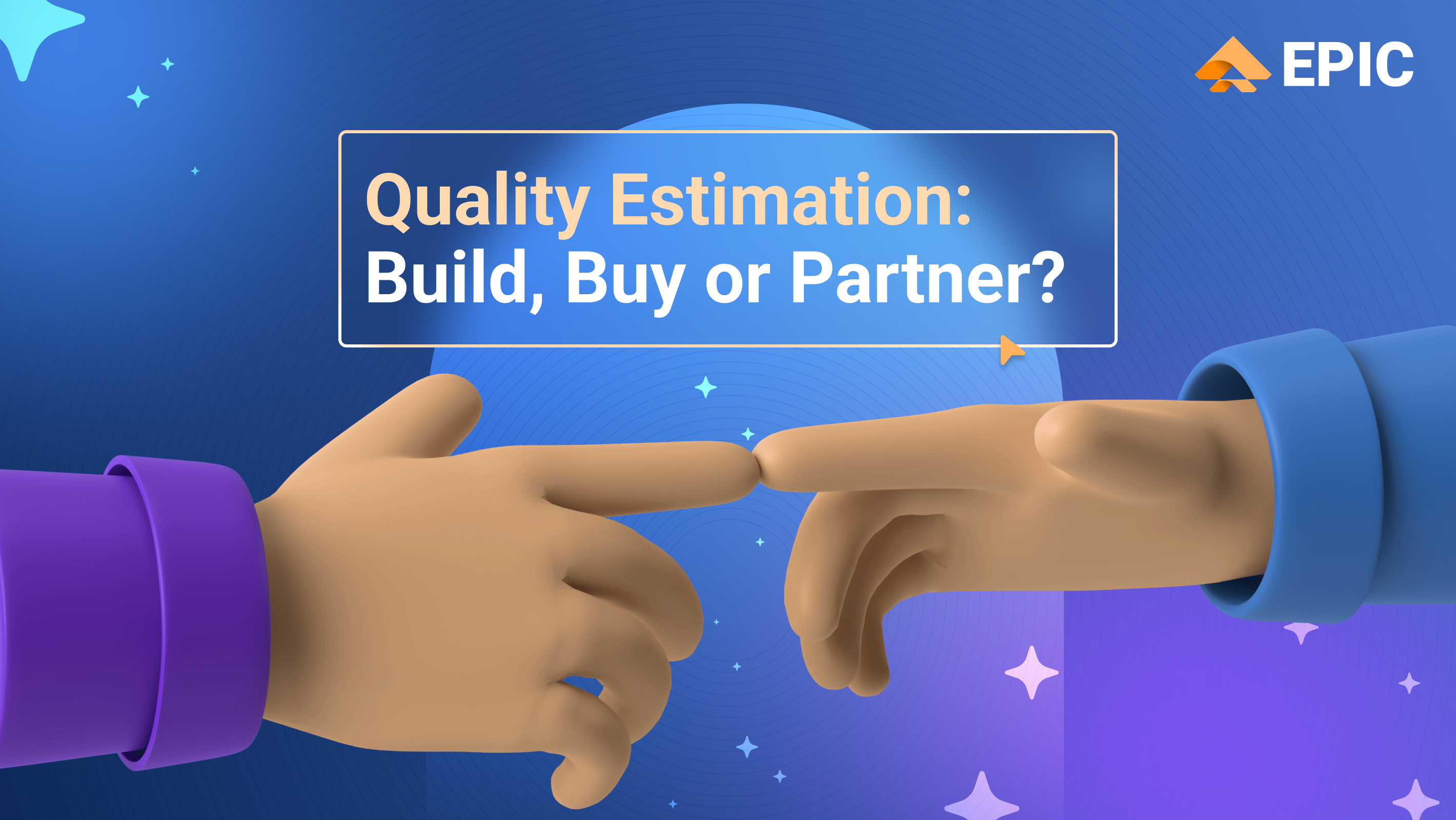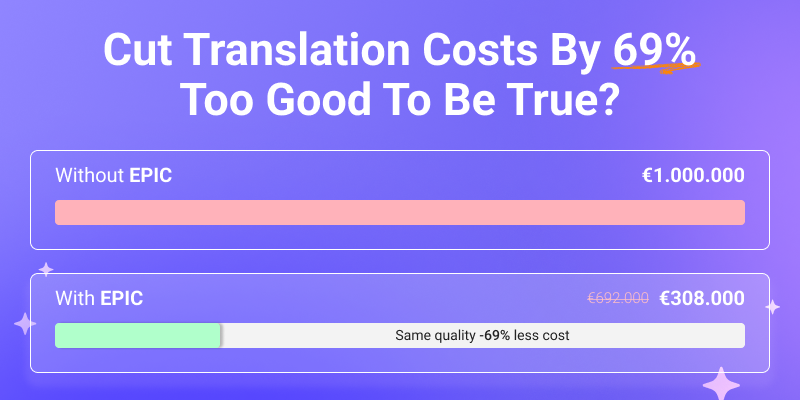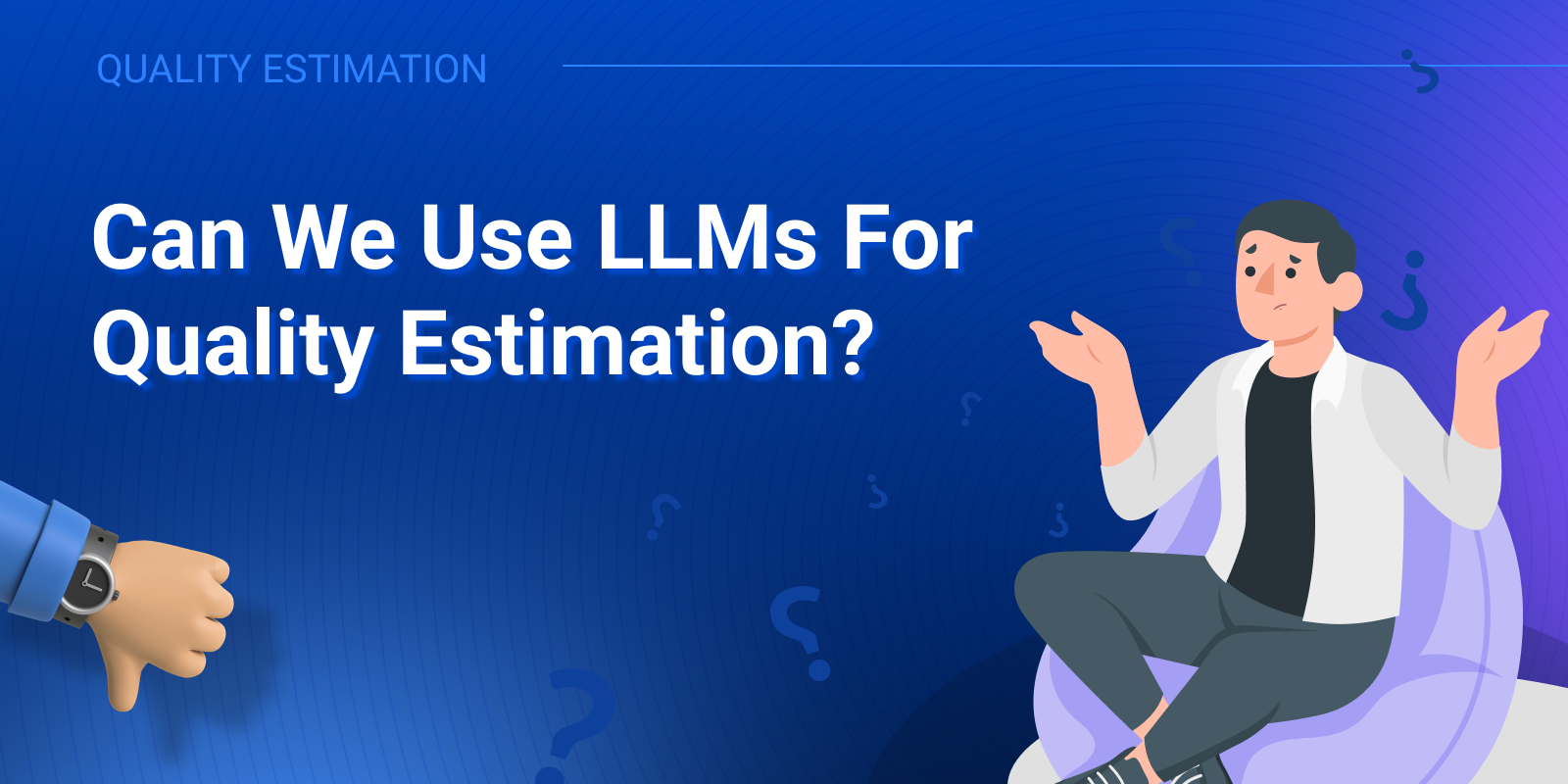Three Facts about Machine Translation Quality Estimation

Unlock the secrets of Machine Translation Quality Estimation (MTQE) with three key facts that demystify its distinctiveness, data-driven automation, and broader applications beyond cost reduction.
Machine Translation Quality Estimation (MTQE) is a hot topic in the localization industry discourse these days - the ‘second hottest topic after MT’, according to Slator - but for most people it’s not so clear what it exactly is. To help you gain a better understanding on what MTQE is and how to unlock efficiency and cost-savings in your translation workflows, here are three facts about MTQE to get you started.
Fact 1: It’s Distinct from Traditional Metrics
MTQE stands apart from more traditional translation metrics such as fuzzy match scores from Translation Memories (TMs), Edit Distance scores, and BLEU scores. Unlike these metrics which rely on reference translations for evaluation, MTQE operates autonomously.
MTQE models are trained to assess translation quality without the need for explicit reference translations. This independence from reference-based evaluations makes MTQE a more scalable and adaptable tool applicable across diverse language pairs and a wider array of scenarios.
Fact 2: It’s Data-Driven Automation
MTQE stands out as a fully automated and data-driven process, functioning as a model akin to a Machine Translation (MT) engine but specifically trained for the distinct task of quality assessment.
Inherent in its data-driven nature, MTQE relies heavily on the availability and quality of training data with diverse examples of translations, along with corresponding quality labels.
Through an iterative training process that involves the exploration of various metrics and architectures, MTQE constantly evolves, contributing to continuous model improvement and thus resulting in more reliable quality scores on which the user can gain business insights and make decisions.
Fact 3: It’s Not Just About Post-Editing (PE) Cost Reduction
While one primary use of MTQE is indeed to reduce the costs associated with PE, its benefits extend beyond this purpose. MTQE can serve as a valuable tool for Risk Management in scenarios where human intervention is limited or impractical due to volume of translations or speed of delivery.
MTQE enables efficiency and minimizes potential risks associated with using raw MT. Furthermore, MTQE is a very useful tool in the Linguistic Quality Assessment (LQA) process, where it can contribute to smart sampling. Instead of relying on random sampling methods, the quality scores facilitate strategic analysis by allowing a more targeted and insightful approach to assessing translation quality, showcasing the versatility and broader applications of MTQE.

Amir Kamran joined TAUS as Senior Data Engineer in September 2017, and now works as a Solution Architect. His primary duties include collaborating with engineering and machine learning teams to develop new solutions, NLP tools, and trends that improve TAUS' offerings. He also supports the sales team by designing and implementing proof of concepts for TAUS products and services. Amir holds a master’s degree in Language and Communication Technologies, graduating as an Erasmus Mundus scholar from Charles University in Prague and the University of Malta. He previously worked as a Research Developer on machine translation projects at the University of Amsterdam and Charles University in Prague.






